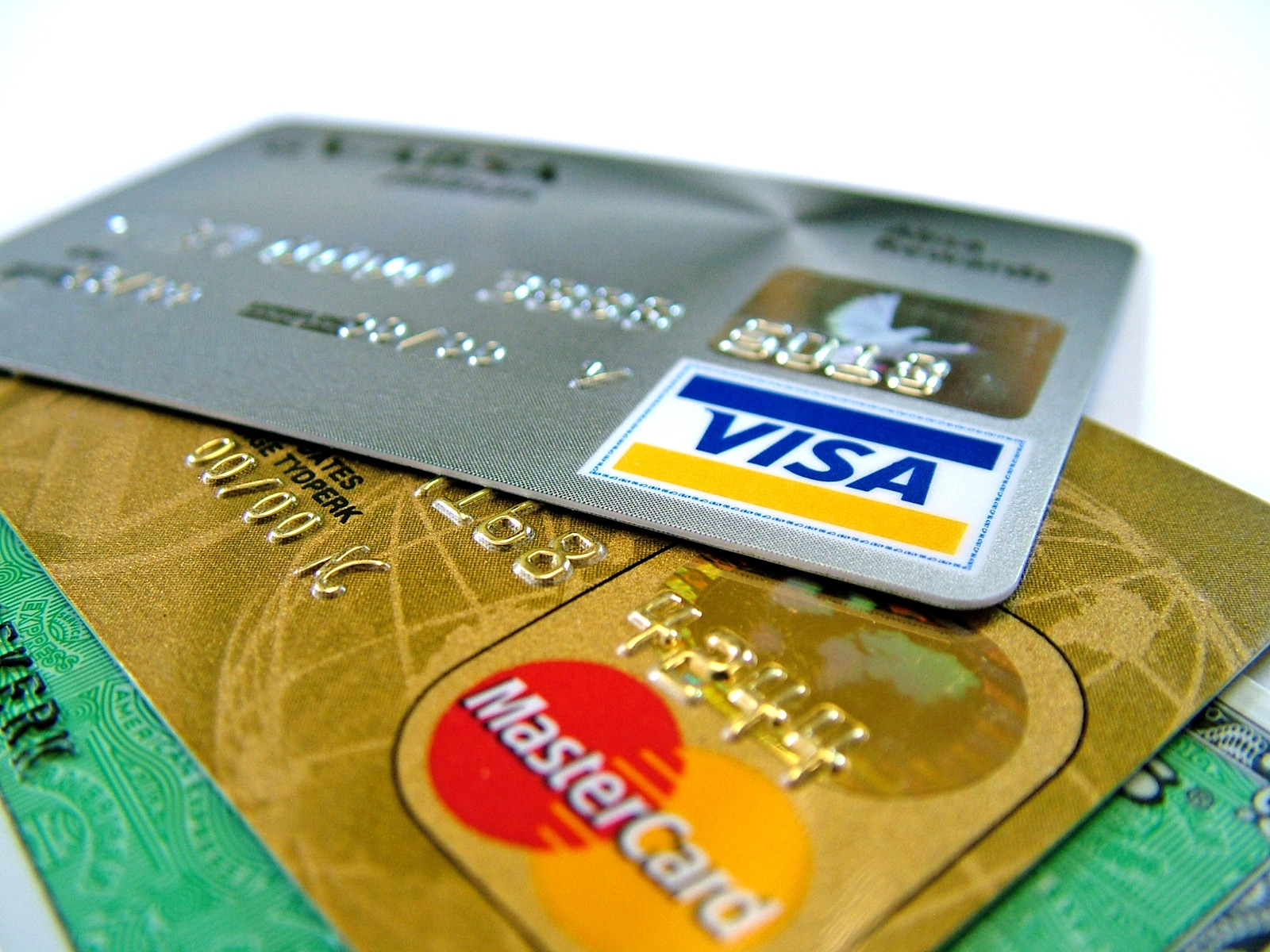When most people think about “good credit”, they think about high credit scores. Any credit score above 800 is considered “excellent”, regardless of the circumstances behind the score. Keep reading this blog to know the difference between credit score and credit report.
But there’s much more to credit than a three digit number. Every person has a credit report, which is a compiled history of their loans, payments, and available credit.
What is the difference between a credit report and a credit score? Let’s discuss both in detail.
What Is A Credit Score?
Your credit score is a number between 300 and 850 that represents how creditworthy you are. The higher the number, the more creditworthy you appear to lenders.
Your credit score should not be used as a gauge of financial success. Many people with low incomes have near-perfect credit scores, if they know how to handle money. Likewise, many high-income earners have low credit scores due to past borrowing history.
What Is Your Credit Score Made Of?
Your credit score is calculated by proprietary formulas owned by the credit bureaus. These formulas were originally developed by the Fair Isaac Corporation, known as FICO today. For this reason, credit scores are still known as FICO scores.
The reality is that you have multiple credit scores, used by different lenders for different purposes. This isn’t something you should concern yourself with, as the credit score you get when you check it is an accurate representation of what lenders see when they process your loan application.
FICO scores are calculated using 5 different criteria that are considered to be relevant to your creditworthiness. These 5 criteria are:
Payment History: 35%
Payment history describes a history of payments made toward the balance of loans. It includes loans that have since been paid off.
This is negatively affected by past due payments and loans that have gone into default due to these past due payments.
Amounts Owed: 30%
Amounts owed, also called credit utilization or available credit, describes how much money you owe compared to the amount of credit you have available to you.
This is negatively affected by having a large amount of debt outstanding compared to the amount of credit you have. For example, if you have a $10,000 credit card limit and you owe $9,000 on it, you’ll see a negative effect on your score.
Age of Credit Accounts: 15%
Also known as credit age or length of credit history, age of credit accounts describes how old your oldest account is and the average age of your credit accounts in total.
This does not just include credit cards, but loans, mortgages, and lines of credit.
If you’ve had a longer credit history, you will be positively affected.
Credit Mix: 10%
Credit mix describes the different types of credit you have available to you.
If you have a car loan, a mortgage, credit cards, and personal lines of credit (and you’re up to date on all of them), you will be positively affected.
New Credit: 10%
New credit, or credit inquiries, describes whether or not you’ve applied to open new credit accounts.
This is usually not a big deal, but if you open a lot of credit accounts in a short period of time, you will be negatively affected.
What Is A Credit Report?
Your credit report is a comprehensive history of your credit activity.
It shows a variety of things, such as bankruptcies, loans in default, payments made, outstanding balances, and much more.
Your credit report does not come with a number attached to it. Instead, it only describes your credit activity.
Lenders look at your credit report in tandem with your credit score in order to find things that may indicate that you’re not a creditworthy borrower. For example, your credit score cannot tell a lender if someone has had a recent bankruptcy. It’s not a descriptive measure. Instead, the lender will look at the credit report to see if there are loans in default, bankruptcies, tax liens, or if you simply have too much debt outstanding to qualify for the loan.
You can get a free credit report every year by going to https://annualcreditreport.com which is a site run by the US government. This can be used for all three major credit bureaus: Equifax, TransUnion, and Experian. Therefore, you’re entitled to three credit reports every year; one from each of the bureaus.


